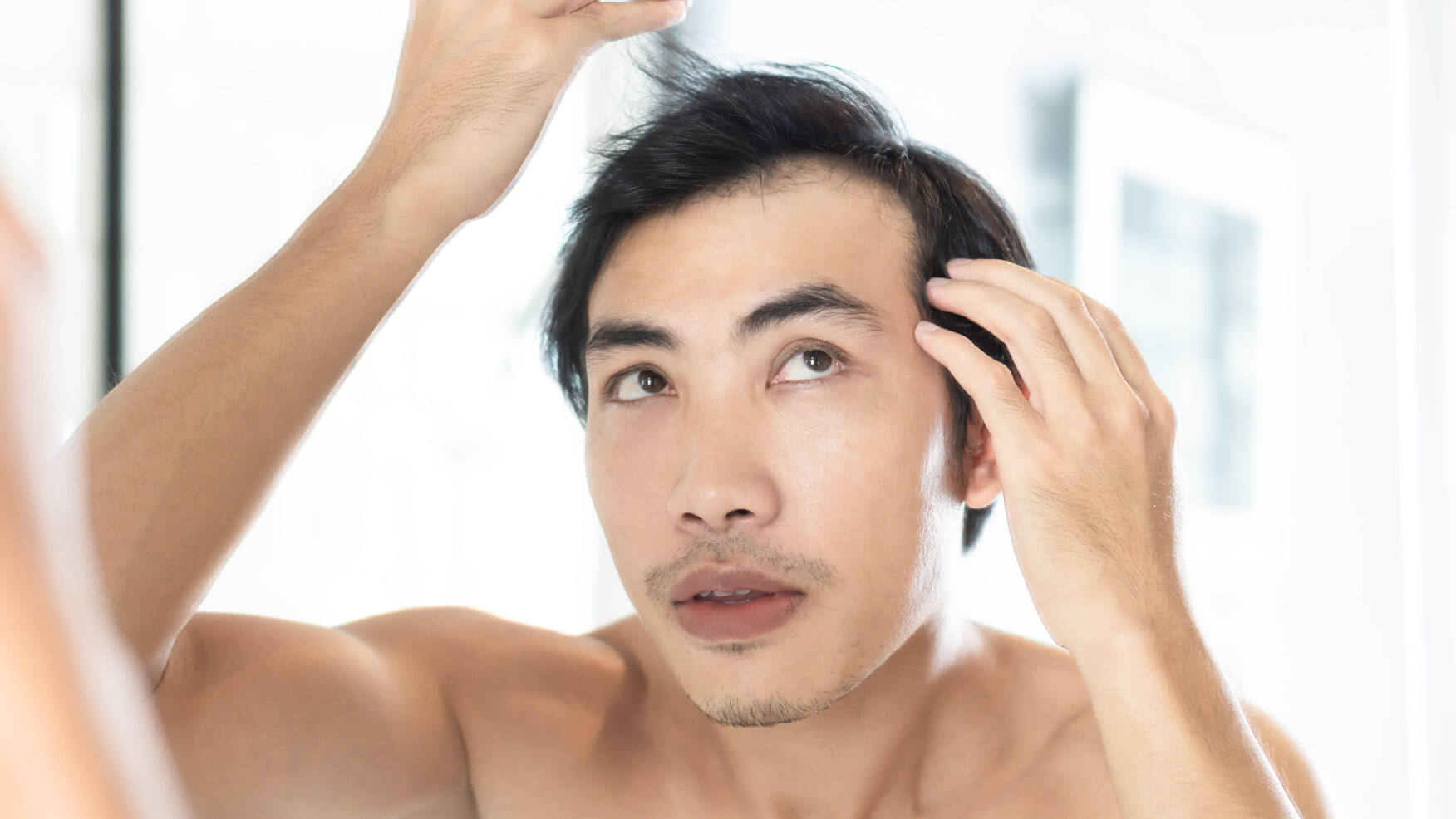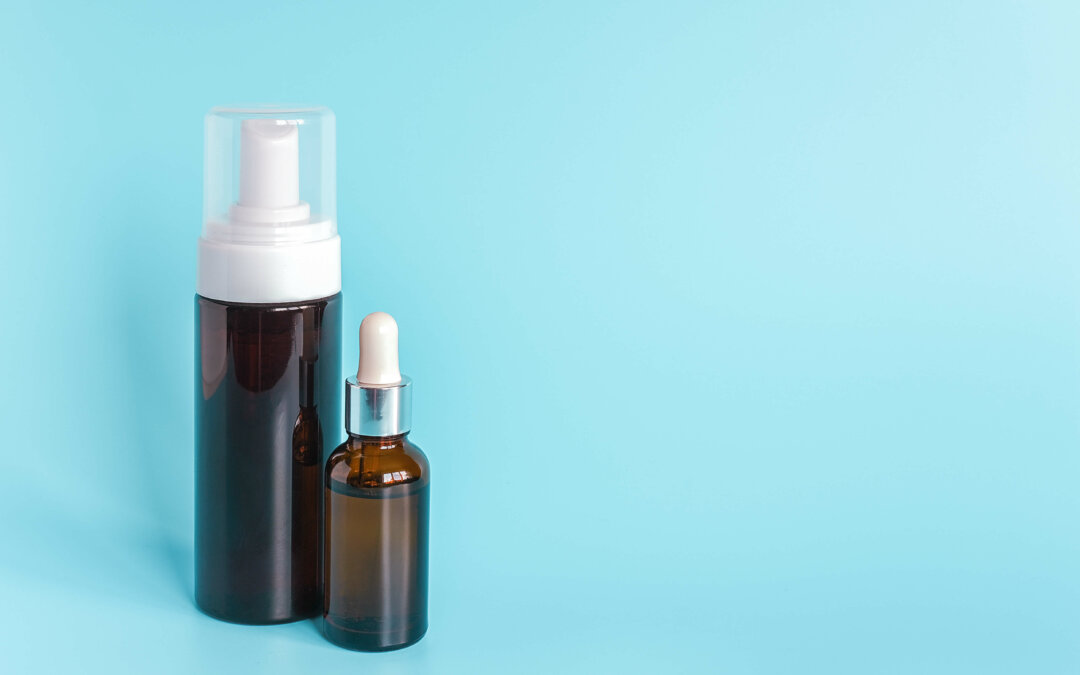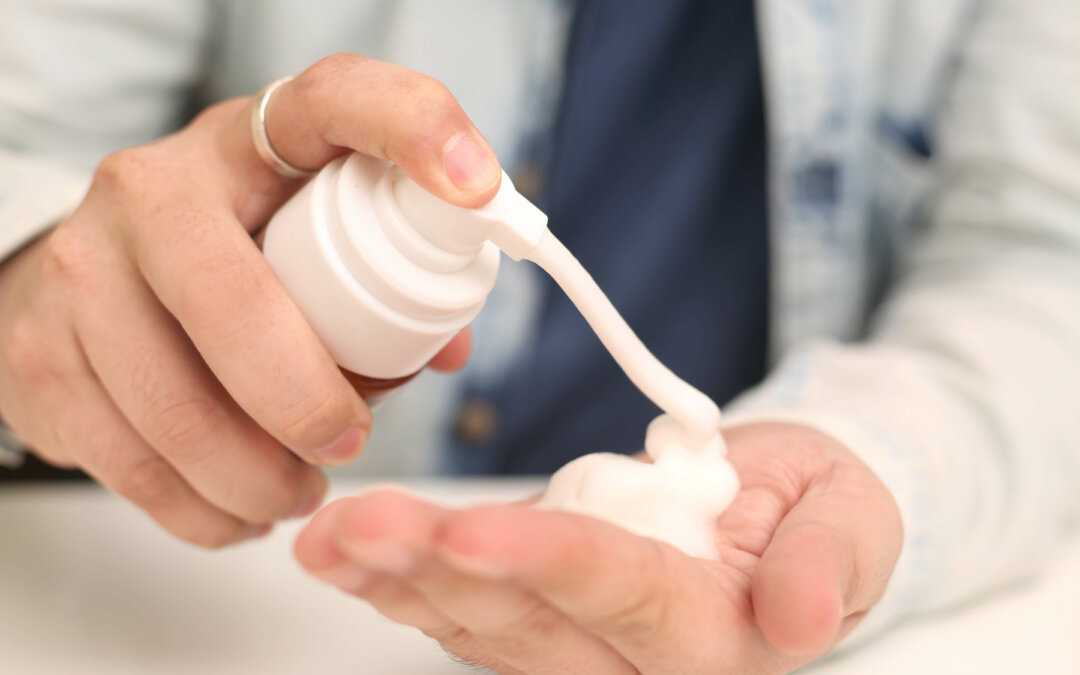All You Need to Know
Your source of information on the causes, symptoms, stages, and treatment options for hair lossWhat Causes Hair Loss?
Hair loss occurs for a variety of different reasons. The most common cause, androgenic alopecia, is thought to be due to a combination of genetic and hormonal factors. This issue is often referred to as female or male pattern hair loss.
Loss of hair can also occur due to health-related issues, like a problem with your immune system. This type of health concern causes the second most common type of hair loss, alopecia areata.
Other health problems can also affect your hair. Skin, gastrointestinal, thyroid, kidney, and liver conditions have all been associated with hair loss symptoms.
Hair loss may even be induced by the medications you’re taking, an unhealthy diet, or stress. Fortunately, these issues are usually temporary, and can often be resolved more easily.
READ MORE

Hair Loss Treatments
There are many different hair loss treatments, but they aren’t all effective for everyone. The exact treatment you require depends on the cause of your hair loss, and how far it has progressed.
Out of all the various types of hair loss, androgenic alopecia has the most treatment options. Two common drugs you’ve probably heard of are finasteride and minoxidil — but surgical and cosmetic options are popular ways to deal with hair loss, too. There are medical devices as well, like the ones used to perform low-level laser therapy and microneedling. Several new hair care products with ingredients like ketoconazole or natural DHT blockers are also becoming available.
Some of these treatments can be used for multiple types of hair loss. For example, a product with ketoconazole can also improve hair growth by improving the scalp microbiome.
Other hair loss treatments need to be very specific. Autoimmune conditions, like alopecia areata, combat hair loss by mediating the immune system’s response.
Some people may not even need a hair loss treatment. If you haven’t been eating a balanced diet, consuming healthier foods may be enough to restore hair growth. Changing the type of medication you’re taking might also help stop the progression of hair loss.
READ MORE

Minoxidil
Bringing nutrients and oxygen to your scalp to stimulate hair growth

Shampoo
Our custom blend of nutrients, antioxidants, and natural DHT blockers

Nutrients
Vitamins and minerals that will improve your hair from the inside out
Hair Loss Symptoms
Hair loss can be normal. It’s important not to panic if you see a small clump of hair in the shower or a few strands on your brush after detangling your hair. That being said, normal hair loss occurs in limited amounts. If you’re shedding over 100 strands each day, you may want to consult a professional.
Hair loss symptoms can be hard to define at first. However, a sure sign of hair loss is a sudden increase in hair shedding. This means that you’re essentially losing a surprising amount of hair out of the blue. If these symptoms turn into circular spots of patchy hair loss, it could be a sign of alopecia areata.
Alternatively, scalp problems – like a red, itchy, or swollen scalp – can also be indicative of hair loss. However, in these cases, your hair loss symptoms are more likely to be due to a skin condition or infection.
The most common type of hair loss – androgenic alopecia – has symptoms that can be much harder to identify. You might notice that you have thinner hair, or find that it breaks easily when you brush or wash it. Some people only notice this condition when their hairline starts receding. Unfortunately, patterned baldness occurs gradually, which means you might not realize it’s happening until it’s progressed to a more dramatic stage of hair loss.
READ MORE
The Seven Stages of Hair Loss
If you have androgenic alopecia, your hair loss will occur in stages. Over the past few decades, researchers like Beek, Norwood, Hamilton, Setty, and Bouhana have created different classification systems designed to identify the stages of hair loss. These systems are scales that can help you determine which stage of hair loss you’re experiencing.
Why so many classification systems? Well, androgenic alopecia can affect anyone, but men and women often see their hair loss progress in different ways. The Norwood-Hamilton scale is one of the most popular classification systems for male pattern hair loss, while the Ludwig scale is the most commonly used classification system for female pattern hair loss. These seven stages of hair loss are based on the Norwood-Hamilton scale:
- The hairline begins to recede, but this might not be very obvious at first.
- Hairline recession increases and becomes more noticeable.
- Hair loss starts to progress to the temples and/or crown of the head.
- An area on the crown of the head has very little hair or no hair at all.
- Hair loss has started to affect both the front and crown of the head.
- Hair loss now affects both the front and crown of the head. Hair loss has progressed so that these two areas are no longer separate.
- Hair loss affects most of the head, except for the lower sides and back, causing balding.
READ MORE
Stopping Hair Loss
Guides & Articles
Does minoxidil affect fertility?
Like any drug, minoxidil can cause side effects. Fortunately, none of them are related to your ability to have children. Unlike finasteride, minoxidil won’t affect your hormones and doesn’t have the ability to affect your fertility.
What is minoxidil (and who should use it)?
Minoxidil was the very first treatment to be FDA-approved for androgenic alopecia. It was first approved as a liquid serum, then as a foam. This medication is now available in 2 percent and 5 percent concentrations. The 5 percent products are thought to be most effective for men.
Should I use minoxidil foam?
Although minoxidil was first FDA-approved as a hair loss treatment in the 1980s, minoxidil foam didn’t come into the market until 2006. Since then, the foam version of minoxidil has been shown to be just as effective as the liquid serum, preventing further hair loss and improving hair regrowth.




